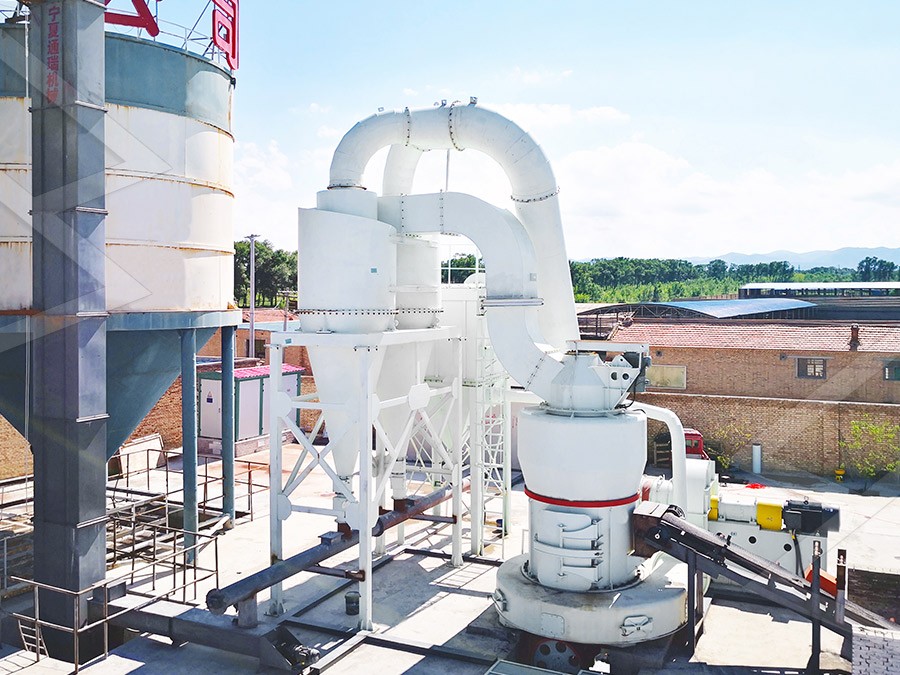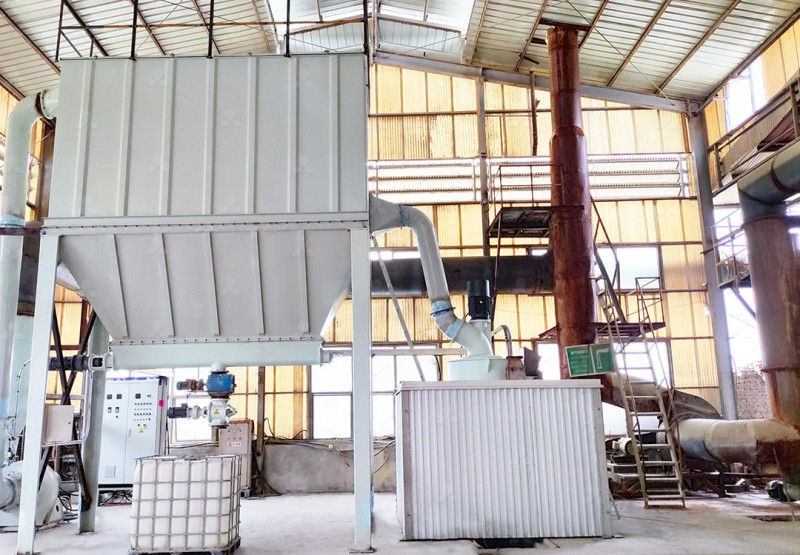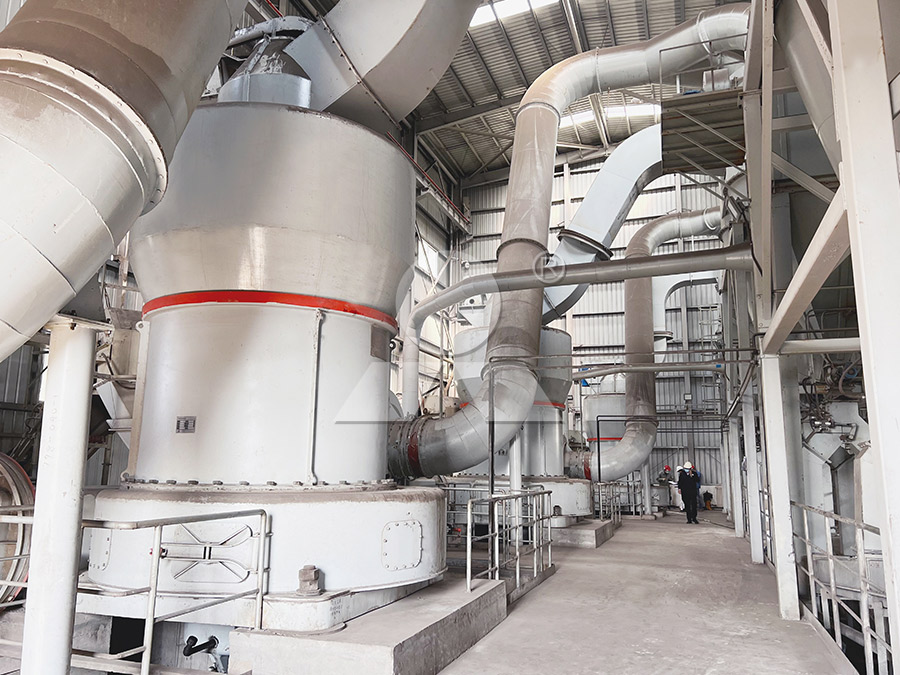Mohs Hardness 3-4 Coal Gangue Grinding Mill Selection Guide
Mohs Hardness 3-4 Coal Gangue Grinding Mill Selection Guide
Coal gangue, with its typical Mohs hardness ranging between 3-4, presents unique challenges in mineral processing operations. As a byproduct of coal mining and washing processes, this material requires specialized grinding equipment to achieve optimal particle size distribution while maintaining operational efficiency. Selecting the right mill for coal gangue processing involves careful consideration of several critical factors beyond just hardness.
Understanding Coal Gangue Characteristics
Coal gangue’s composition varies significantly depending on the geological formation, but typically includes clay minerals, sandstone, shale, and carbonaceous matter. The material’s abrasiveness, despite its moderate hardness, can cause substantial wear on grinding components. Additionally, moisture content and the presence of other minerals can influence grinding efficiency and final product quality.

Key Selection Criteria for Coal Gangue Grinding
When choosing equipment for coal gangue processing, operators should evaluate:
- Feed Size Distribution: Maximum input size capabilities
- Production Capacity Requirements: Throughput needs from pilot to industrial scale
- Final Product Fineness: Required particle size distribution for downstream applications
- Energy Consumption: Operational costs related to power requirements
- Wear Resistance: Equipment durability against abrasive materials
- Environmental Considerations: Dust control and noise reduction capabilities
Recommended Solution: MW Ultrafine Grinding Mill
For operations processing coal gangue in the Mohs 3-4 hardness range, our MW Ultrafine Grinding Mill presents an optimal solution. This advanced mill handles input sizes up to 20 mm with capacities ranging from 0.5 to 25 tph, making it suitable for various production scales.
The MW series stands out for coal gangue applications due to its innovative design features. The absence of rolling bearings and screws in the grinding chamber eliminates common failure points when processing abrasive materials. Operators appreciate the external lubrication system that enables maintenance without production stoppages, significantly improving operational continuity.

With adjustable fineness between 325-2500 meshes and efficient cage-type powder selection technology, the MW mill ensures consistent product quality. The integrated pulse dust collector and muffler system addresses environmental concerns by minimizing dust emissions and reducing operational noise, creating a cleaner working environment.
Alternative Option: LUM Ultrafine Vertical Grinding Mill
For operations with stricter space constraints or different throughput requirements, our LUM Ultrafine Vertical Grinding Mill offers another viable option. With an input size capacity of 0-10 mm and throughput of 5-18 tph, this compact vertical design integrates grinding, classifying, and transporting in a single unit.
The LUM mill’s double position-limiting technology provides exceptional operational stability when processing variable composition coal gangue. The reversible structure simplifies maintenance procedures, allowing quick access to grinding components for inspection or replacement.
Operational Considerations
Successful coal gangue processing requires attention to several operational aspects. Moisture control remains critical, as excessive moisture can reduce grinding efficiency and potentially cause blockages. Regular monitoring of wear parts ensures consistent performance and prevents unexpected downtime. Implementing proper feeding systems that provide consistent material flow to the mill prevents overload conditions and optimizes energy consumption.

The selection between horizontal and vertical mill configurations often depends on specific plant layout constraints and existing material handling systems. Both the MW and LUM series offer digitalized processing with high precision manufacturing, ensuring reliable performance in demanding operating conditions.
Frequently Asked Questions
What makes coal gangue particularly challenging to grind despite its moderate hardness?
Coal gangue’s variable composition and inherent abrasiveness cause accelerated wear on grinding components. The material often contains hard quartz particles within a softer clay matrix, creating uneven grinding resistance that challenges conventional mills.
How does the MW Ultrafine Grinding Mill achieve higher efficiency with coal gangue?
The MW mill’s newly designed grinding curves of roller and ring enhance grinding efficiency specifically for materials like coal gangue. The absence of internal bearings and screws in the grinding chamber eliminates vulnerability to abrasive wear, while the external lubrication system enables continuous operation.
What production capacities can we expect when grinding coal gangue to 400 mesh?
With the MW Ultrafine Grinding Mill, operators typically achieve between 8-15 tph when producing 400 mesh coal gangue powder, depending on specific material characteristics and moisture content. The cage-type powder selector allows precise control over final product fineness.
How do these mills address environmental concerns associated with coal gangue processing?
Both recommended mills incorporate efficient pulse dust collectors and noise reduction technologies. The MW series specifically operates with minimal dust emissions through its sealed system design and effective powder collection, meeting stringent environmental standards.
What maintenance advantages do these mills offer for coal gangue applications?
The MW mill’s external lubrication system and absence of internal mechanical components vulnerable to abrasion significantly reduce maintenance requirements. The LUM mill’s reversible structure allows easy access to grinding components, minimizing downtime for wear part inspection and replacement.
